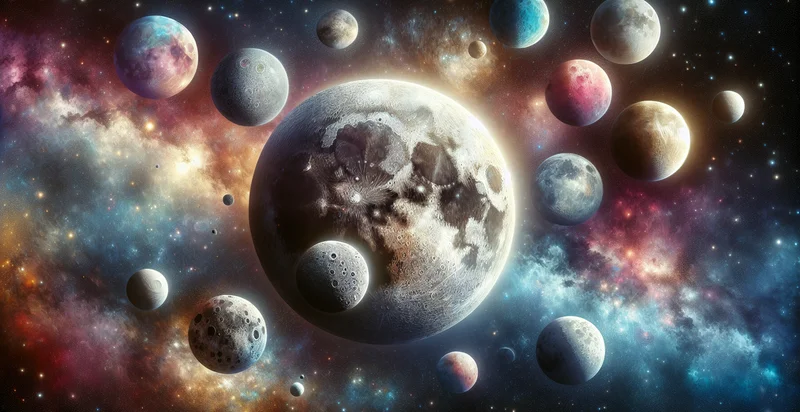Identify generator make
using AI
Below is a free classifier to identify generator make. Just upload your image, and our AI will predict what type of vehicle it is - in just seconds.

Contact us for API access
Or, use Nyckel to build highly-accurate custom classifiers in just minutes. No PhD required.
Get started
import nyckel
credentials = nyckel.Credentials("YOUR_CLIENT_ID", "YOUR_CLIENT_SECRET")
nyckel.invoke("generator-make", "your_image_url", credentials)
fetch('https://www.nyckel.com/v1/functions/generator-make/invoke', {
method: 'POST',
headers: {
'Authorization': 'Bearer ' + 'YOUR_BEARER_TOKEN',
'Content-Type': 'application/json',
},
body: JSON.stringify(
{"data": "your_image_url"}
)
})
.then(response => response.json())
.then(data => console.log(data));
curl -X POST \
-H "Content-Type: application/json" \
-H "Authorization: Bearer YOUR_BEARER_TOKEN" \
-d '{"data": "your_image_url"}' \
https://www.nyckel.com/v1/functions/generator-make/invoke
How this classifier works
To start, upload your image. Our AI tool will then predict what type of vehicle it is.
This pretrained image model uses a Nyckel-created dataset and has 20 labels, including Briggs And Stratton, Caterpillar, Champion, Chrysler, Cummins, Duromax, Ford, Generac, Generator and Honda.
We'll also show a confidence score (the higher the number, the more confident the AI model is around what type of vehicle it is).
Whether you're just curious or building generator make detection into your application, we hope our classifier proves helpful.
Related Classifiers
Need to identify generator make at scale?
Get API or Zapier access to this classifier for free. It's perfect for:
- Brand Protection: Companies can utilize the false image classification function to monitor online platforms for counterfeit goods. By identifying fake images of their products, brands can take swift action to protect their intellectual property and maintain brand integrity.
- Social Media Moderation: Social media platforms can implement this function to detect and classify misleading or false imagery in user-generated content. This helps in combating misinformation and maintaining the credibility of information shared across networks.
- E-commerce Quality Control: E-commerce platforms can employ this technology to ensure that seller-uploaded images accurately represent the products being sold. By labeling false images, the platform can enhance customer trust and satisfaction by reducing the risk of misleading listings.
- Insurance Fraud Detection: Insurance companies can use false image classification to assess the validity of claims by analyzing submitted images. By flagging altered or misleading images, they can reduce fraudulent claims, thus saving resources and maintaining lower premiums for honest customers.
- News Agency Verification: News organizations can leverage this function to verify images before publication. By identifying false or misleading images, they can uphold journalistic standards and avoid disseminating potentially damaging misinformation.
- Advertising Compliance: Marketing firms can integrate the false image classification function to review advertisements for compliance with truth-in-advertising laws. By ensuring advertisements do not contain false representations, companies can avoid legal repercussions and maintain consumer trust.
- Art and Collectibles Authentication: Auction houses and galleries can use this technology to authenticate pieces of art or collectibles by analyzing their images for alterations or inconsistencies. By accurately classifying images, they can help prevent fraud and bolster the legitimacy of their offerings.


